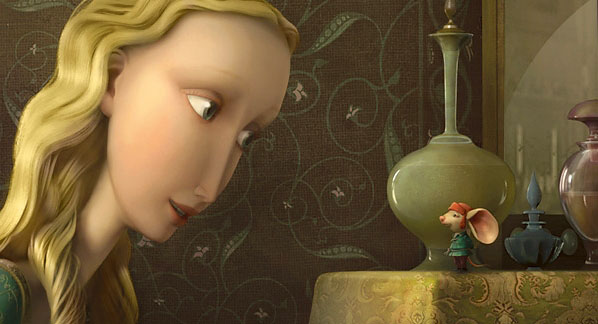Film Review: The Tale Of Despereaux
Stylish Cgi Fairy Tale Is Surprisingly Complex Affair


lady. Kiss me and I’ll turn into a prince.”
Latest Article|September 3, 2020|Free
::Making Grown Men Cry Since 1992


lady. Kiss me and I’ll turn into a prince.”